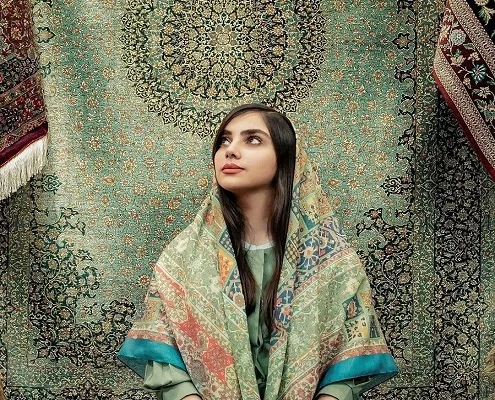Iran is a land of rich history and diverse cultures. With so many different regions, each offering its own special crafts and products, choosing the perfect souvenir can be a bit challenging.
Souvenirs help you carry a piece of your trip with you, and in this blog post, we’ll guide you through the most popular items to buy in Iran. Whether you’re shopping for yourself or looking for the perfect gift, you’ll find plenty of inspiration here.
Ghalamzani
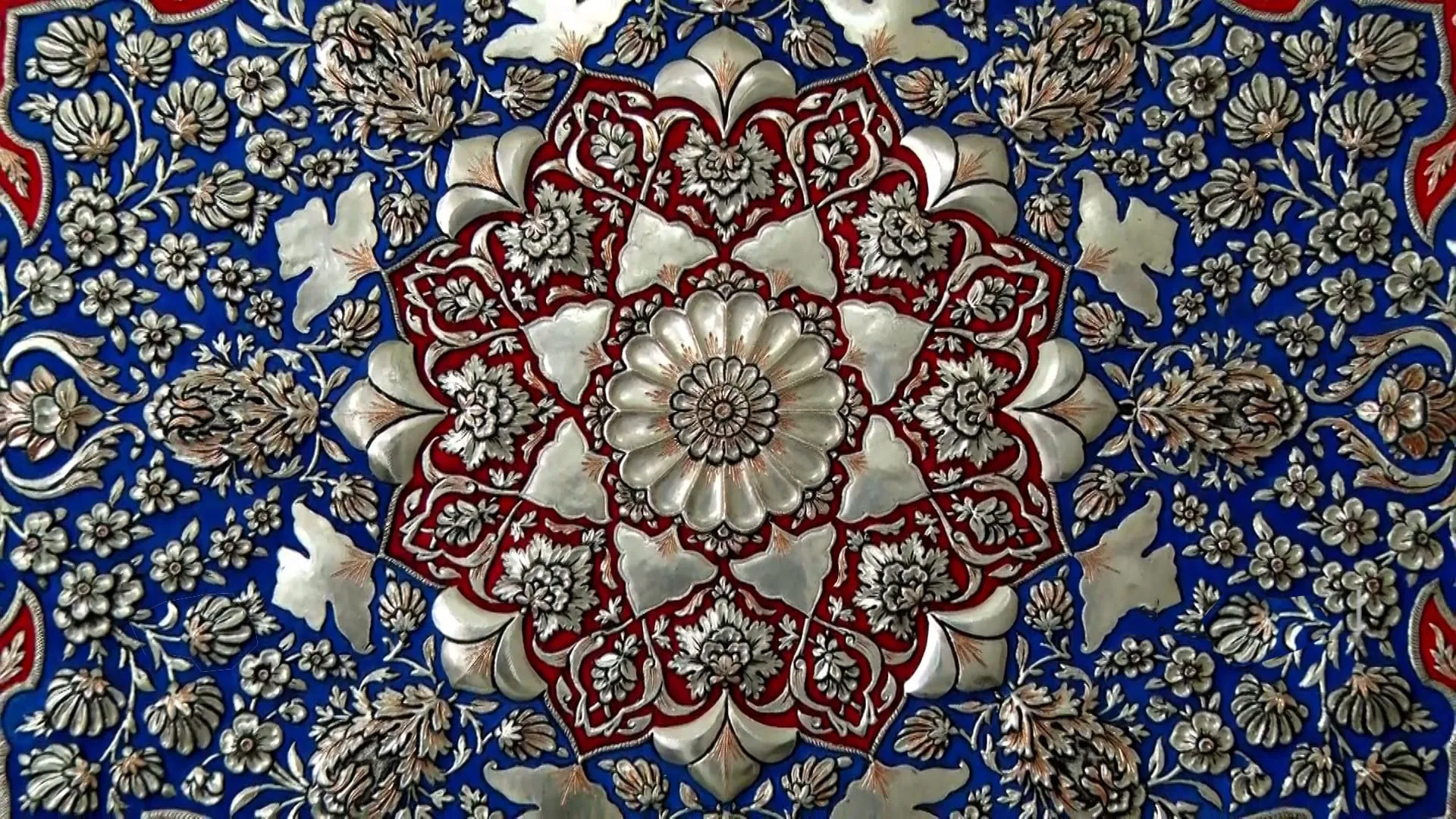
Ghalamzani is an ancient Persian art form that involves engraving intricate designs onto metal surfaces like brass, silver, and copper. This beautiful craft has been practiced in Iran for thousands of years and is still very much alive today. You can find Ghalamzani on various objects such as vases, plates, sugar bowls, candlesticks, and other decorative items.
While Isfahan is the heart of this craft, you can also find stunning examples in cities like Tehran, Tabriz, and Mashhad. If you’re in Isfahan, Shiraz, or Tabriz, you’ll find some of the best Ghalamzani works, making these cities ideal for picking up a truly unique and authentic souvenir.
Minakari
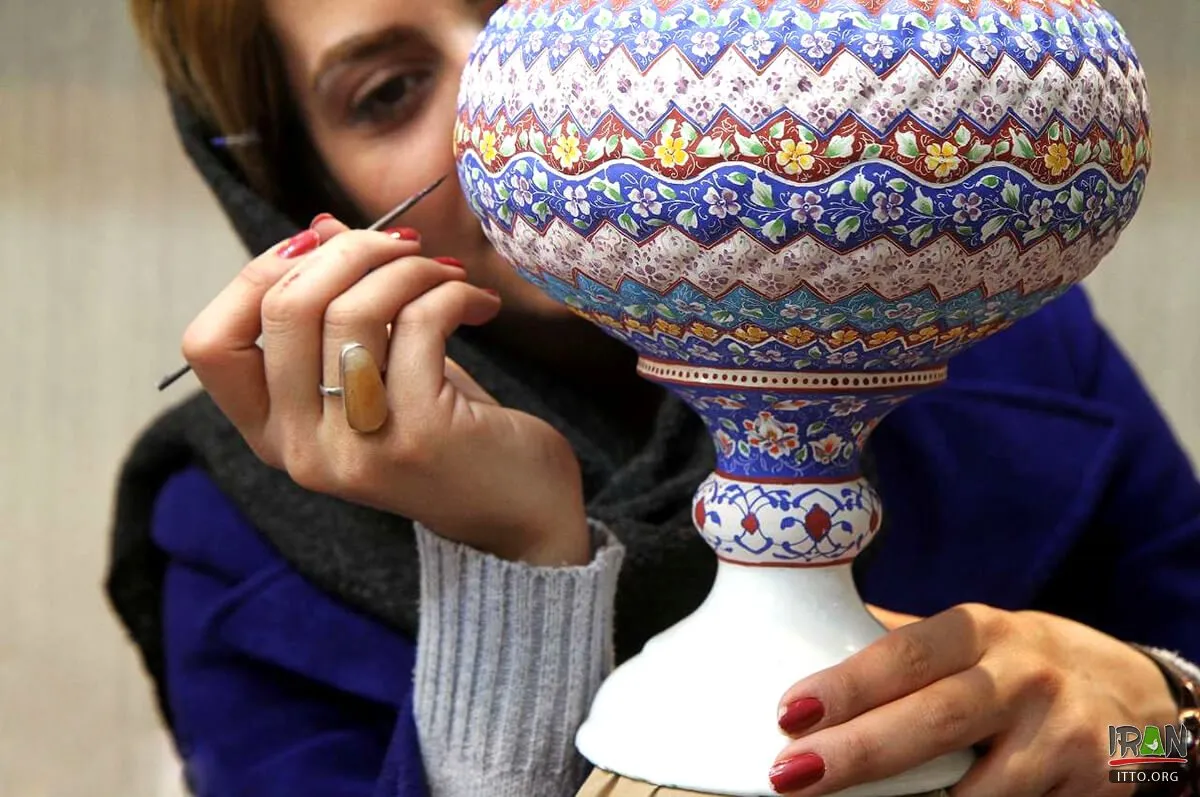
Minakari is the intricate Iranian art of enameling, where vibrant colors are fused onto metal surfaces to create stunning decorative objects. This craft dates back to 1500 BC and remains popular today, with skilled artisans in Isfahan leading the way. The process is typically performed on gold, silver, and copper items such as vases, plates, and mugs.
If you visit Isfahan, you’ll find the finest examples of Minakari in shops around Naqsh-e Jahan Square, Qeisariyeh Bazaar, and Chaharbaq Street. These beautiful pieces make for elegant and timeless souvenirs, showcasing the rich heritage of Iranian craftsmanship.
Khatamkari
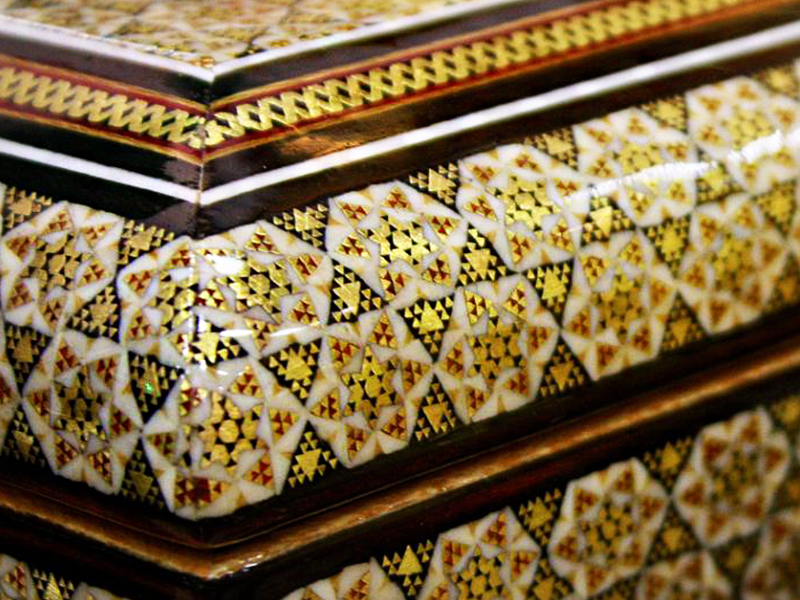
Khatamkari is an exquisite form of Iranian marquetry that involves inlaying small pieces of wood, bone, or metal into the surface of various objects to create intricate geometric patterns. This traditional art form is used to decorate items like jewelry boxes, photo frames, chess boards, and more.
You can find some of the best examples of Khatamkari in Shiraz and Isfahan, where artisans continue to produce these beautiful pieces by hand. When you visit the historical bazaars in these cities, you’ll have the chance to see Khatamkari workshops and purchase a piece of this delicate art to take home with you.
Termeh Fabric
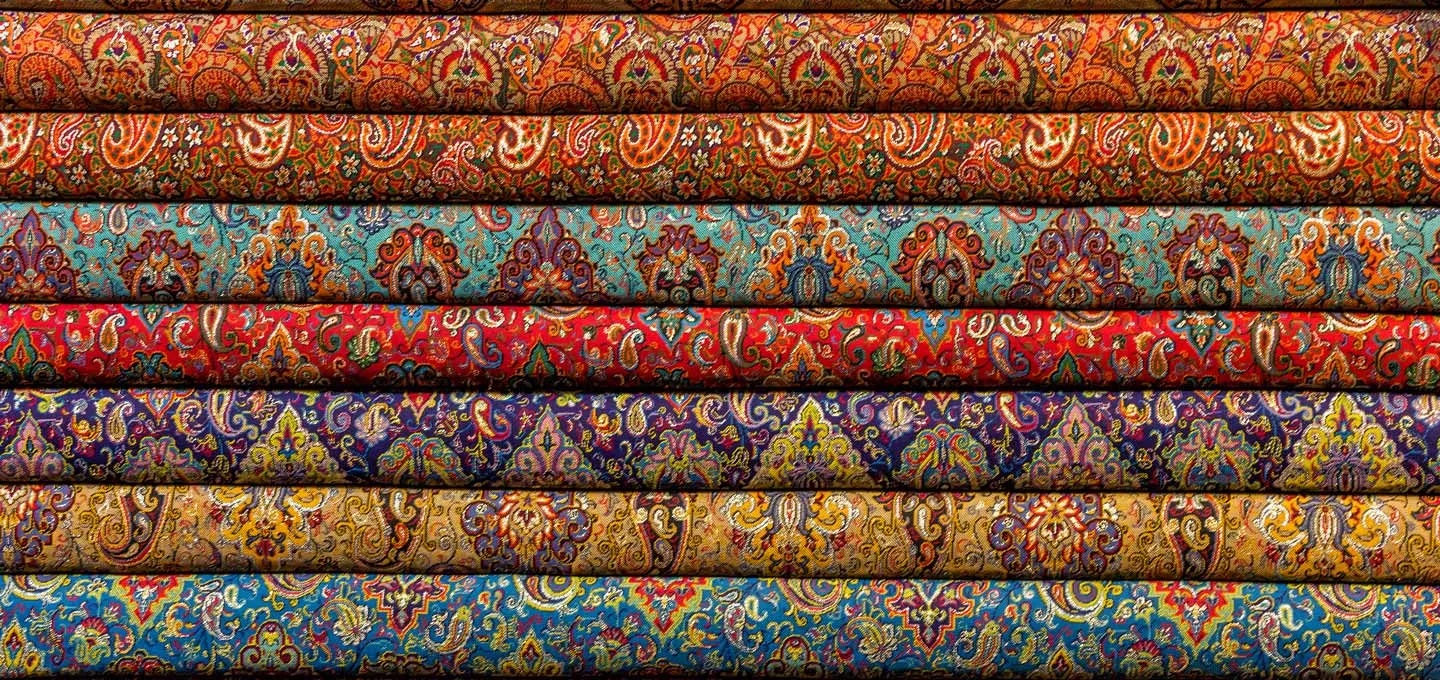
Termeh is a luxurious handwoven cloth made from silk and wool, often featuring intricate patterns and vibrant colors. The weaving process requires high-quality wool with long fibers, and the craftsmanship involved in creating Termeh makes it one of the most valuable textiles in Iran.
Termeh is not just a piece of cloth; it’s a symbol of Persian artistry and tradition that has been cherished for centuries. This luxurious fabric, known for its intricate designs and vibrant colors, is primarily produced in the Isfahan province, with Yazd now recognized as the global center for Termeh production.
When you purchase Termeh, you’re not just buying a beautiful souvenir; you’re taking home a piece of living history that reflects the rich cultural heritage of Iran.
Originating from Yazd, Termeh is traditionally used for tablecloths, cushion covers, and even clothing. It’s a perfect gift for anyone who appreciates fine textiles and Persian craftsmanship.
Pottery and Ceramics
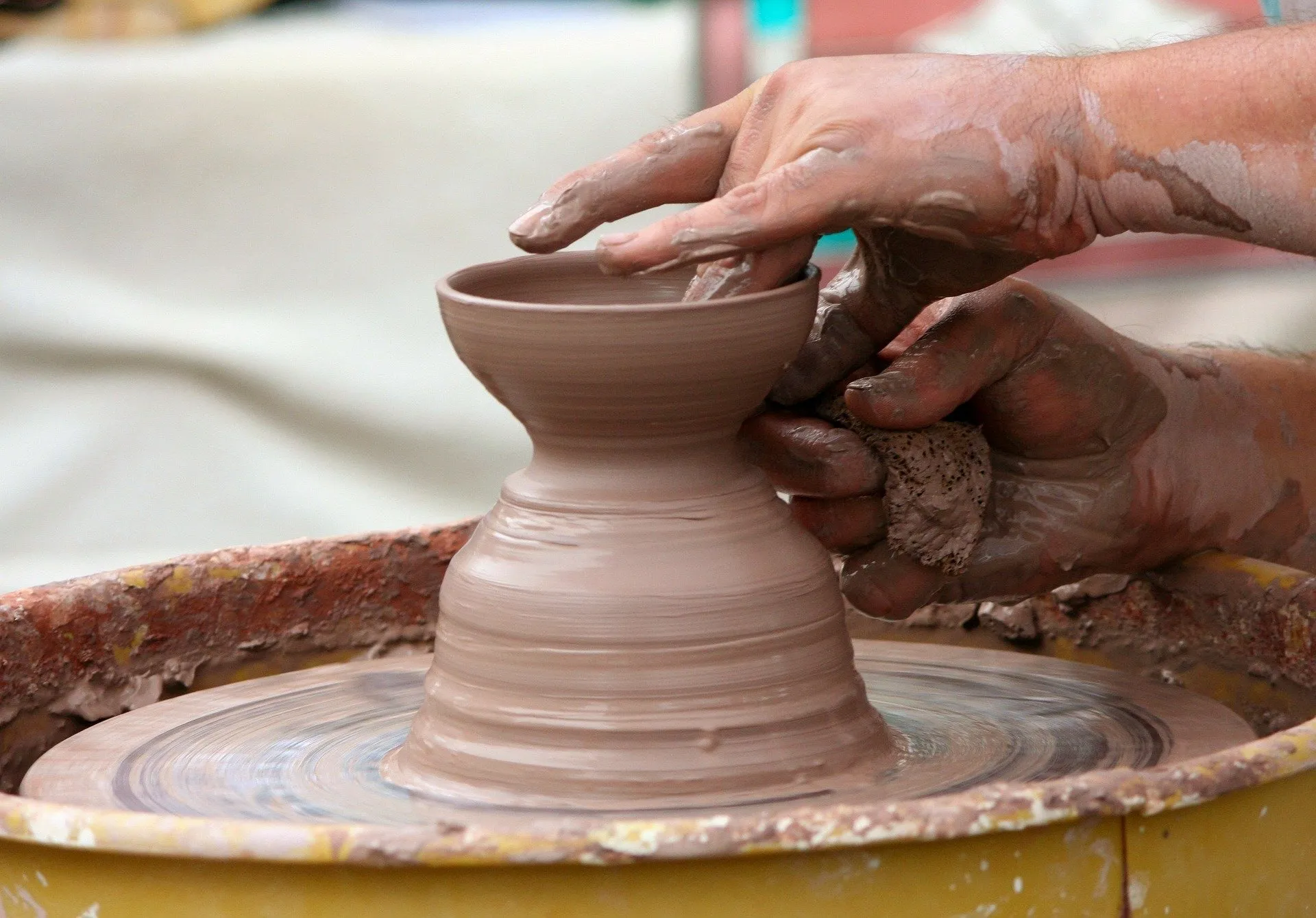
Pottery and ceramics in Iran are an ancient craft, with roots going back more than 7,000 years. This art involves shaping clay into various forms, which are then fired and often painted or glazed. The result is a wide range of functional and decorative items, including bowls, mugs, and plates, each showcasing the rich cultural heritage of the region.
Although it doesn’t hold the same status as it once did, pottery remains a cherished art form in places like Yazd, Natanz, and Lalejin. Lalejin, in particular, is known as the pottery capital of the Middle East. If you’re looking for a small, yet meaningful keepsake from your trip to Iran, pottery and ceramics are a perfect choice.
Persian Rugs and Kilims
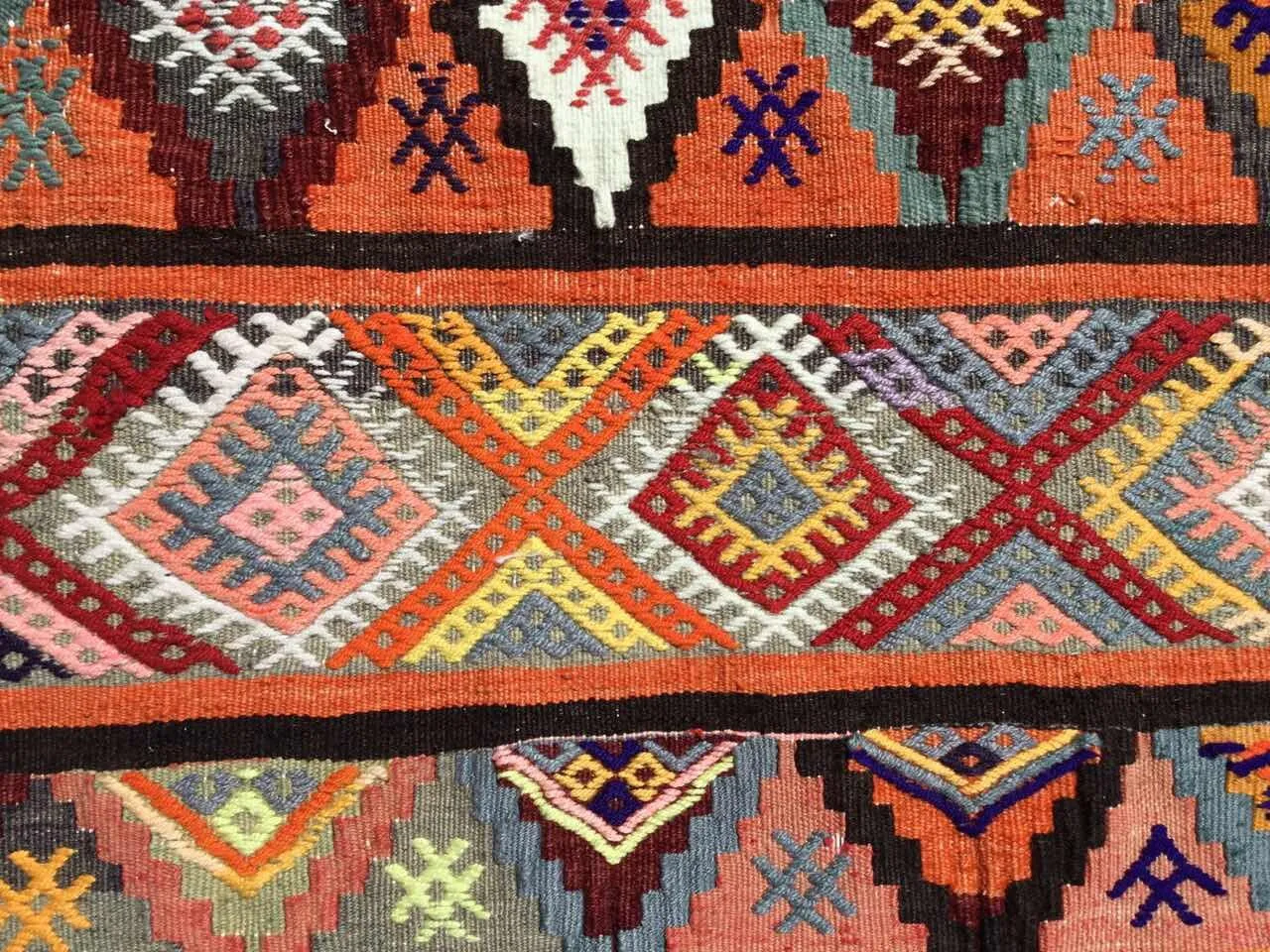
When you think of Iranian souvenirs, Persian rugs are probably one of the first things that come to mind. These handwoven masterpieces are famous worldwide for their intricate designs and superior quality. Persian rugs come in various sizes and styles, making them perfect for both home decor and practical use.
If you’re looking for something more affordable, consider a kilim, which is a flat-woven rug with a coarser texture. Kilims are traditionally made by tribeswomen using goat hair and sheep wool. You can find a vast selection of Persian rugs and kilims in the bazaars of Tehran, Isfahan, and Tabriz, where the colors and patterns will leave you mesmerized.
Turquoise
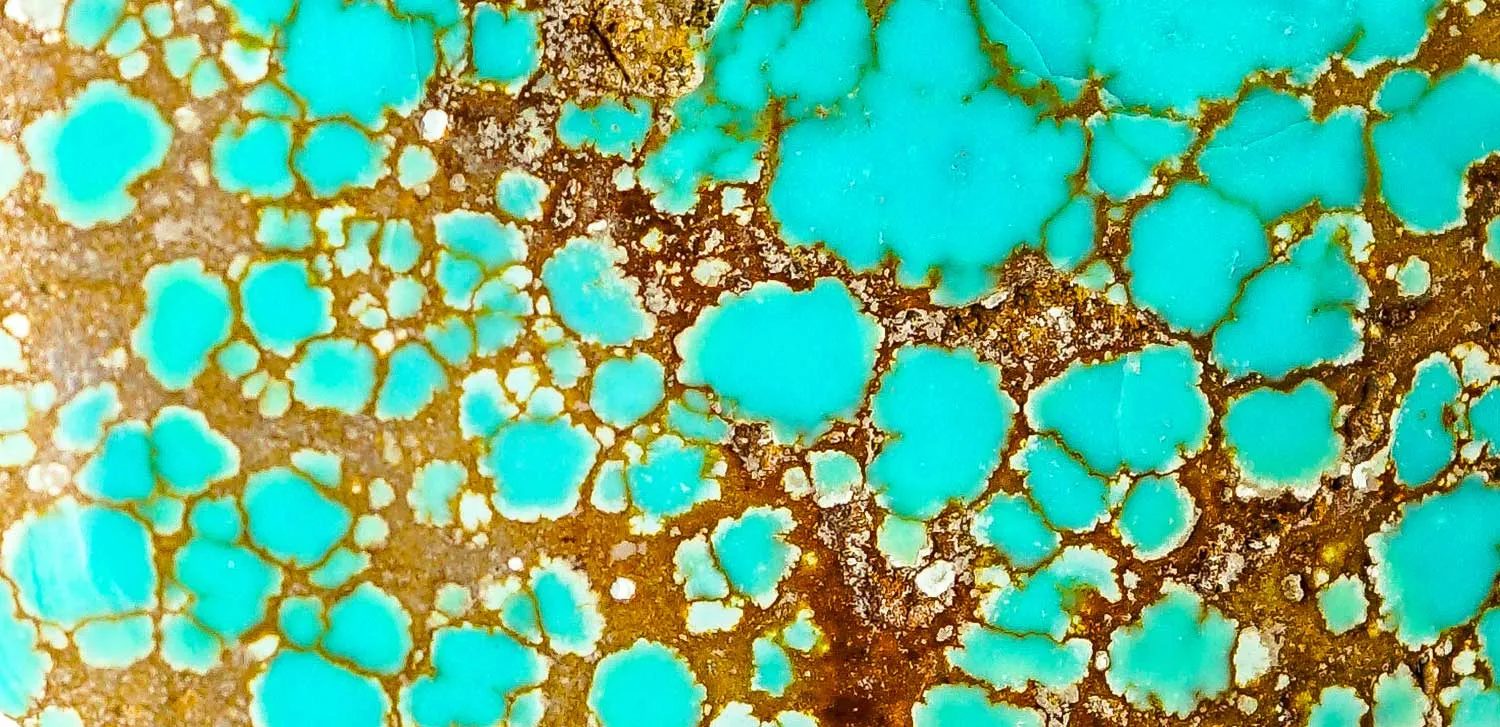
Turquoise, known as “firouzeh” in Persian, is a semi-precious gemstone that is highly valued in Iran. The best turquoise comes from Mashhad and Nishapur, where it is used to create stunning jewelry like necklaces, rings, bracelets, and earrings. In addition to jewelry, turquoise is also used in a unique art form called turquoise inlay (Firouzehkoubi), where small pieces of the gemstone are embedded into metal objects such as trays, vases, and candlesticks.
These items make for beautiful and distinctive souvenirs that reflect the deep artistic traditions of Iran. When you’re in Mashhad or Nishapur, don’t miss the chance to explore shops filled with turquoise treasures.
Planning to visit Iran and take a special keepsake home with you? Explore Visit Our Iran’s tours and travel services to discover the best treasures this beautiful country has to offer!
Gaz
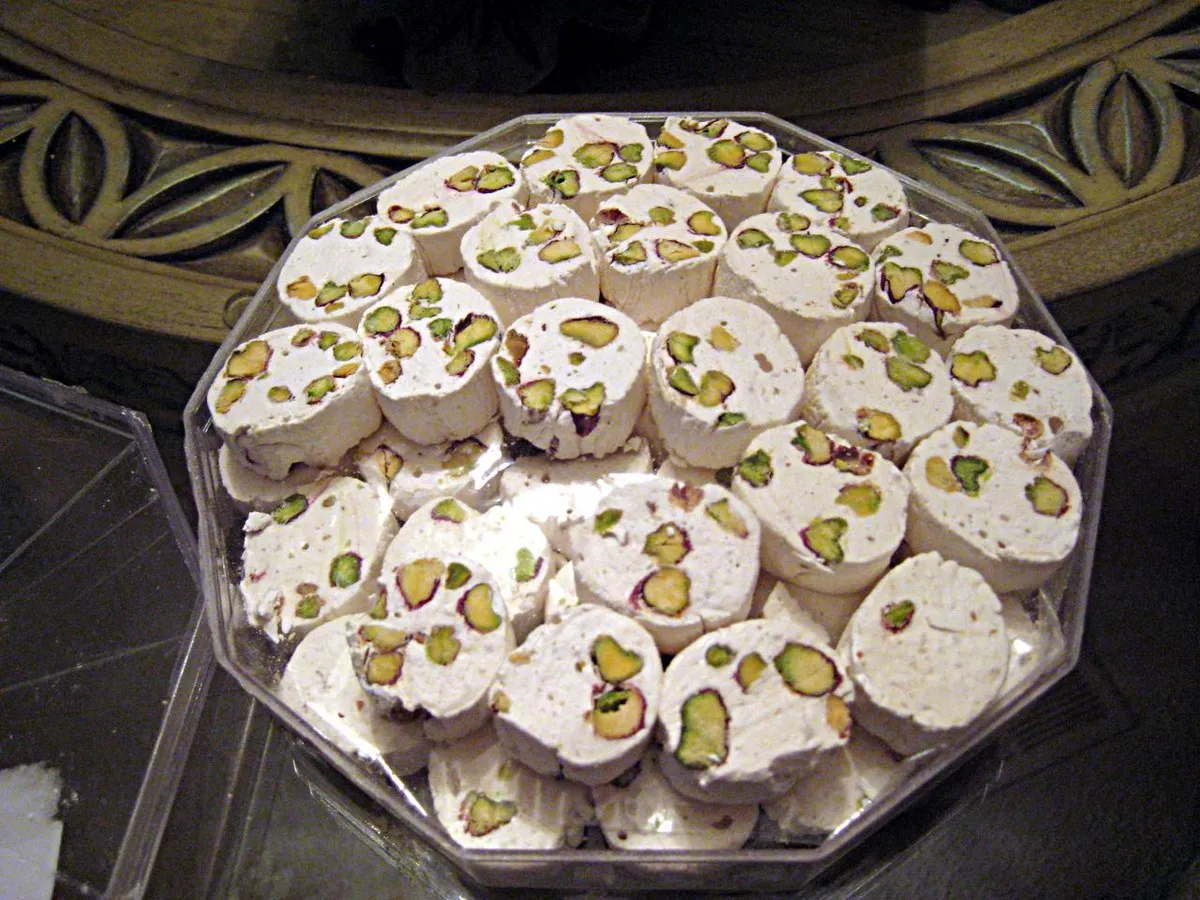
Gaz, often referred to as Persian nougat, is one of the most popular sweet treats in Iran. It originates from Isfahan but is also enjoyed in cities like Chaharmahal, Bakhtiari, Kerman, Yazd, and Hamedan. Made from the sap of the wild tamarisk tree (gaz-angebin), this chewy nougat is typically filled with pistachios and has a unique flavor that tourists love.
If you visit Isfahan, you’ll find Gaz in many shops, making it a perfect souvenir to take home and share with friends and family. Its delicate taste and cultural significance make it a must-try for anyone traveling through Iran.
Sohan
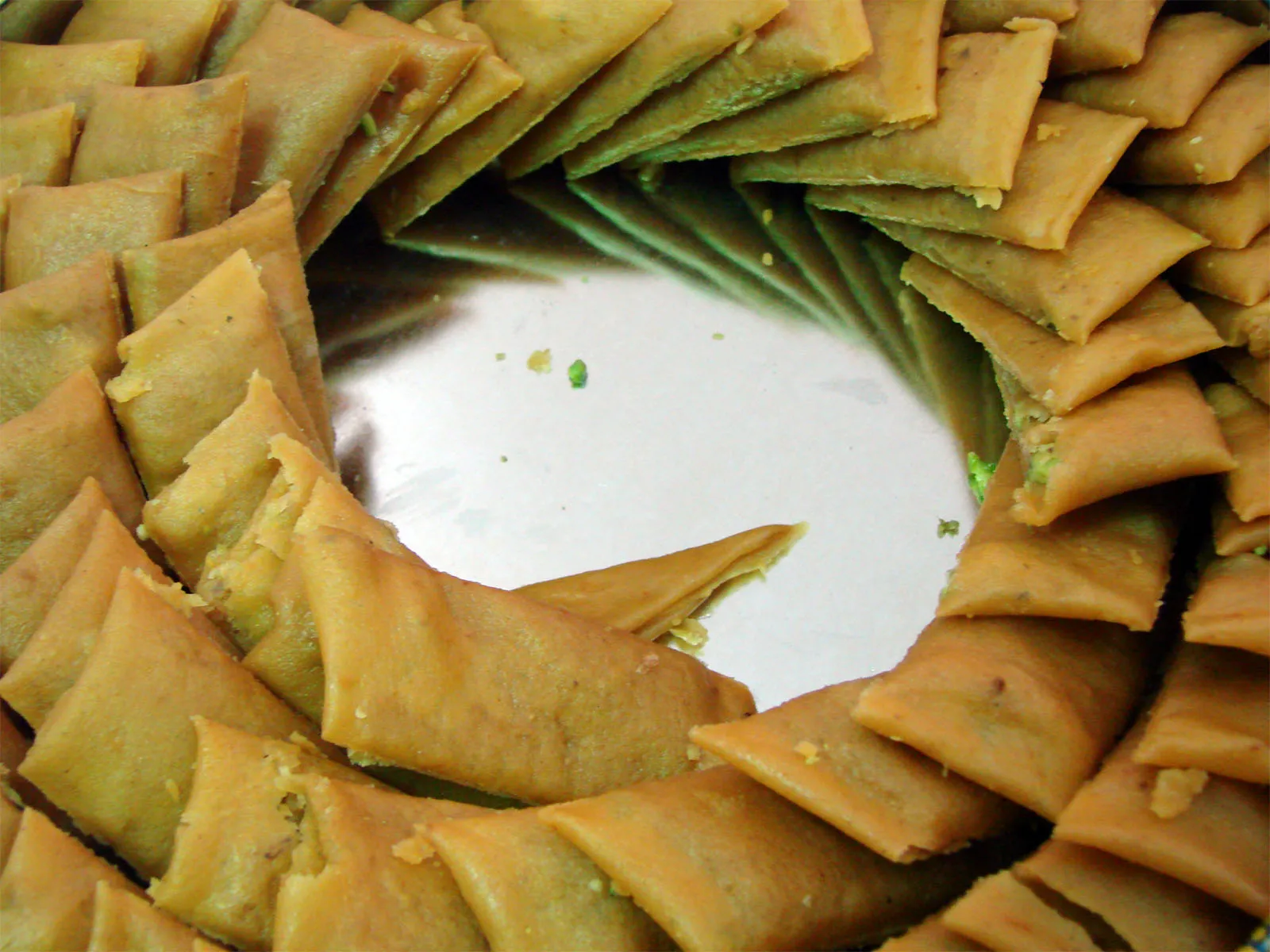
Sohan is a traditional saffron brittle toffee that is a specialty of Qom, where it is often referred to as Sohan-e Qom. This delicious treat is made from flour, sugar, wheat sprout, egg yolks, butter, rose water, saffron, cardamom, and slivered pistachios or almonds. Sohan comes in various shapes, flavors, and qualities.
When you visit Sohan shops, you’ll often be offered free samples, so you can taste this delightful sweet before choosing a box or two to bring home. Sohan is a popular souvenir that captures the rich flavors of Iranian sweets.
Qottab
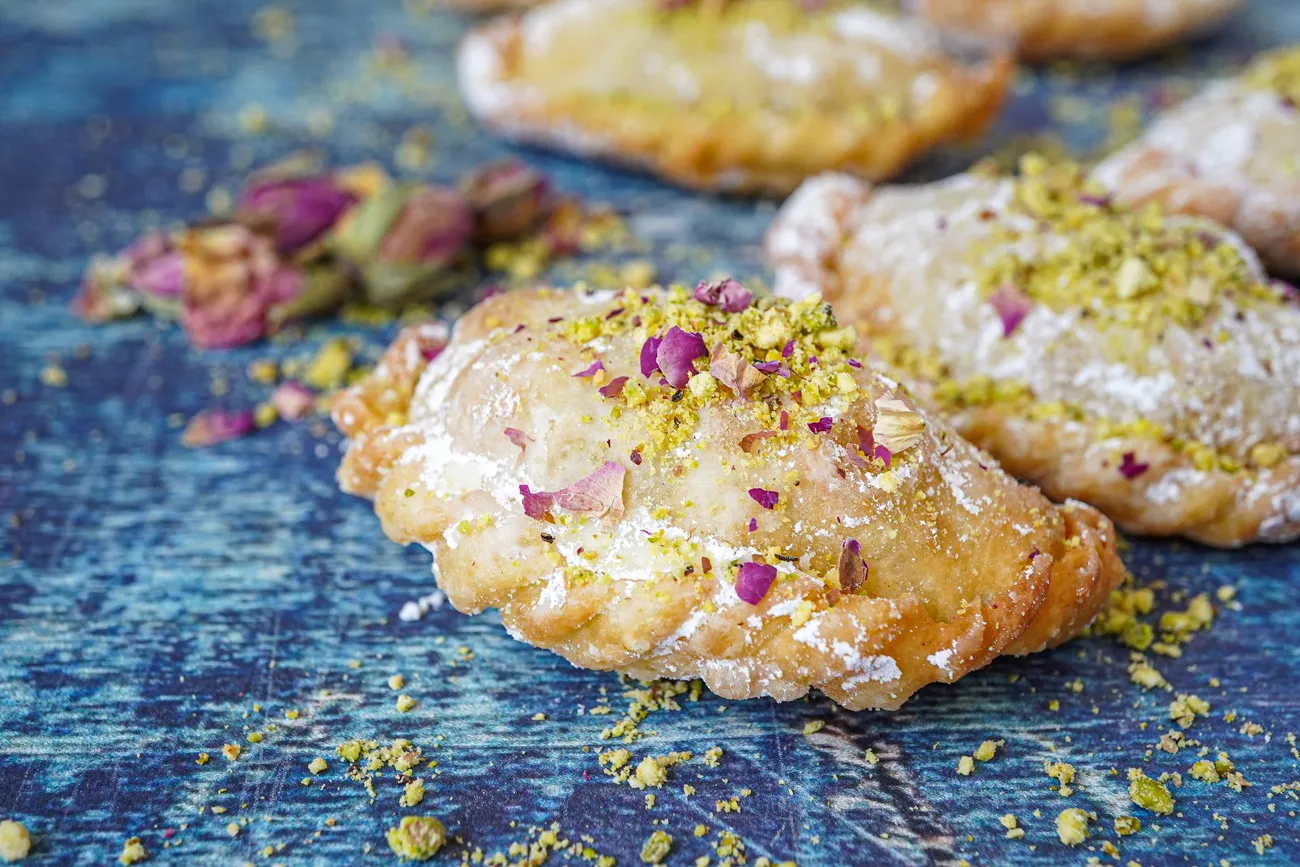
Qottab is a beloved sweet pastry from Yazd, made from flour, powdered sugar, vegetable oil, and cardamom, with a filling of almonds or walnuts. This traditional treat is one of the oldest pastries in Iran and is especially popular in Yazd and Kerman.
Qottab has a delicate texture and a sweet, nutty flavor that makes it a favorite among both locals and tourists. When you’re in Yazd, you’ll find Qottab in many shops, making it an ideal souvenir to bring home and share the taste of Iran with your loved ones.
Saffron
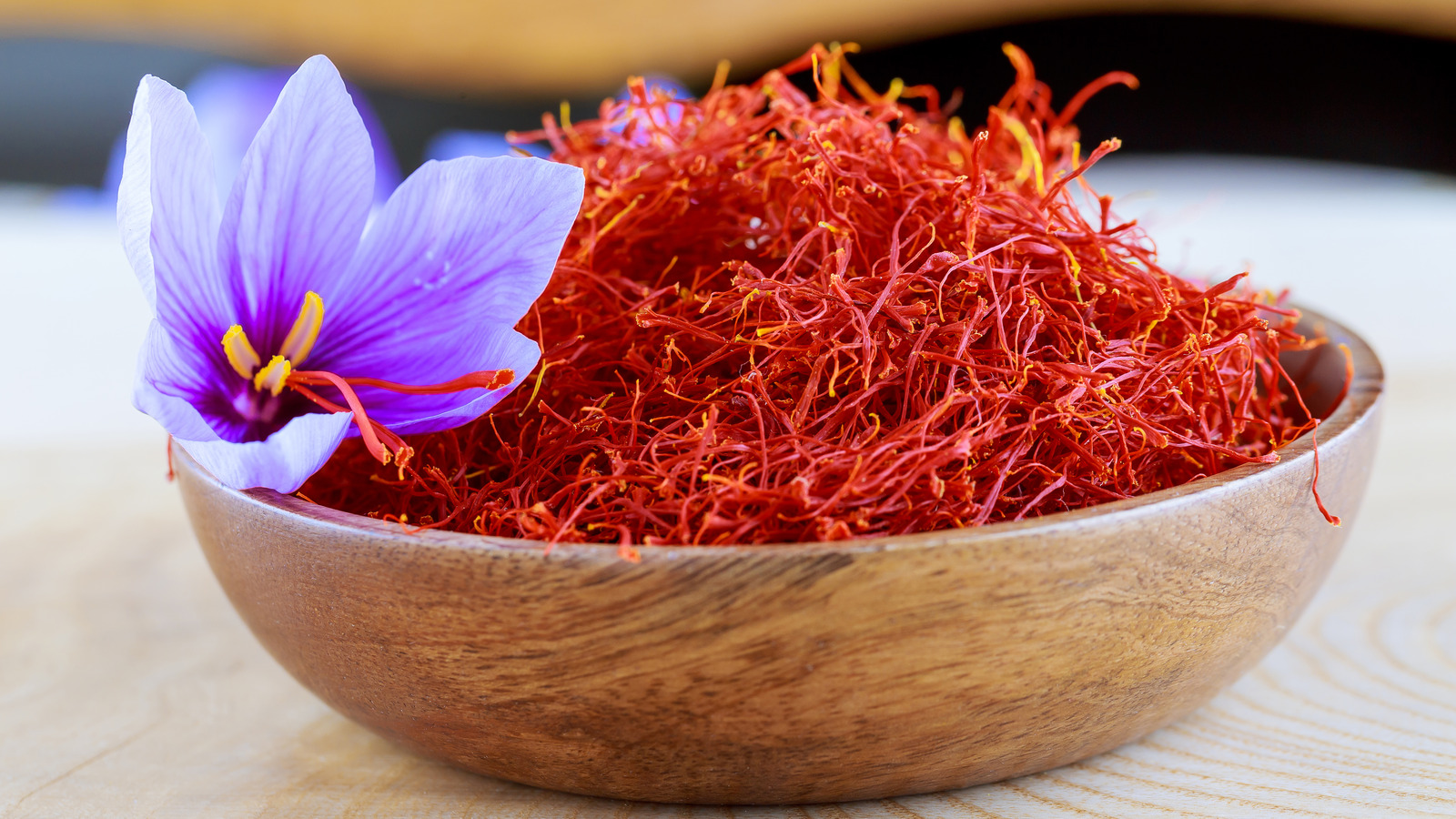
Persian Saffron is often called the “red gold” of Iran, and for good reason. Iran produces 94% of the world’s saffron, with the highest quality coming from the Khorasan region, particularly around Mashhad. Saffron has been used for centuries as a seasoning in Persian cuisine and is highly sought after by tourists.
You can still find the finest saffron at local markets in Mashhad. Bringing home a few strands of this precious spice is a wonderful way to capture the essence of Iranian cooking.
Dried Nuts
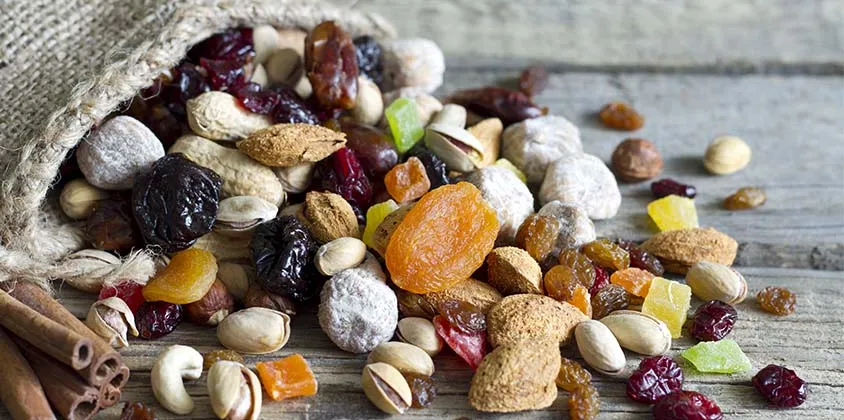
Iran is famous for its high-quality dried nuts, especially pistachios, which are among the most popular souvenirs for tourists. Pistachios can be enjoyed roasted and salted or raw, and they’re also used in many traditional Iranian pastries like Gaz and Sohan.
In addition to pistachios, you can find a wide variety of other nuts in Iran, including almonds, walnuts, and peanuts. Cities like Hamedan are known for their walnuts, while Kerman is famous for its pistachios. If you’re looking for a healthy and delicious souvenir, Iranian dried nuts are a great option.
Rosewater
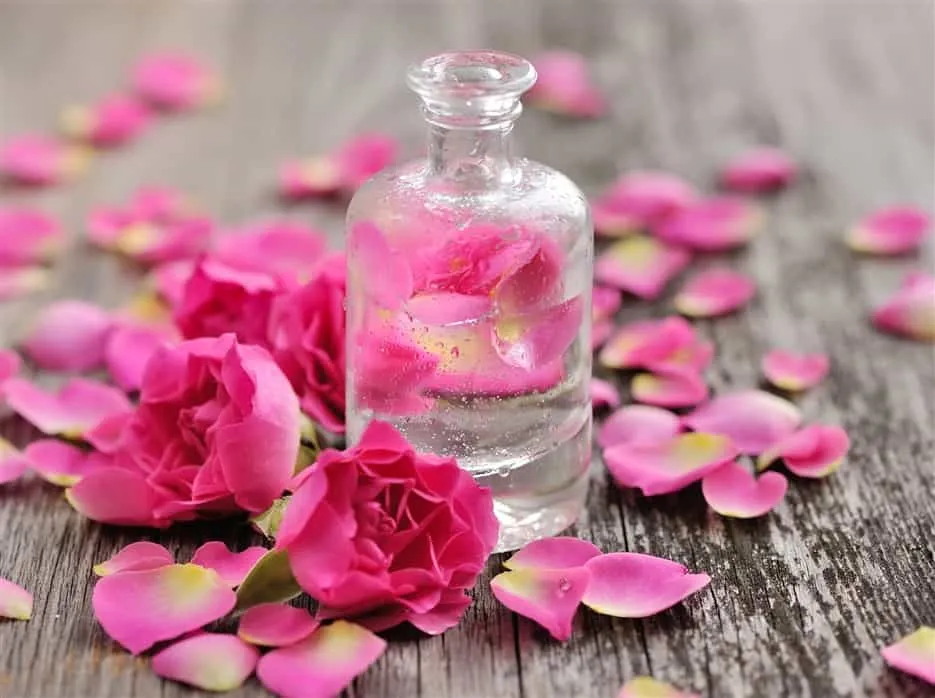
Persian rosewater is famous for its delicate fragrance and is used in both cooking and skincare. A bottle of authentic Persian rosewater can be a thoughtful gift or a treat for yourself.
When you’re in Iran, be sure to visit the bazaars in Kashan or Qamsar, where you can buy this precious rosewater. Its incredible taste, health benefits, and connection to Persian culture make it a perfect souvenir to take home.
Each spring, the fields around Kashan, Qamsar, and Barzok burst into bloom with these iconic roses, and the air is filled with their intoxicating scent. This region, with its perfect climate and soil, produces the world’s best rosewater.
Wrap-Up
Taking home a souvenir from Iran is more than just buying an item – it’s bringing back a piece of living history that reflects the rich cultural heritage of this beautiful country. While many of these items were originally crafted and sold in specific cities, you can now find them throughout Iran. Whether you’re exploring traditional bazaars or modern shops, there’s a treasure waiting for you.
If you’re traveling with Visit Our Iran’s tours, we’ll take you to the best places to find authentic handicrafts, even if you’re not in the original cities where they were made. If you’re not with us, don’t worry – we’ll still make sure you get the chance to buy these special items, no matter where you are in the country.
For more information about our tours and how we can help you find the perfect souvenirs, feel free to contact us.

